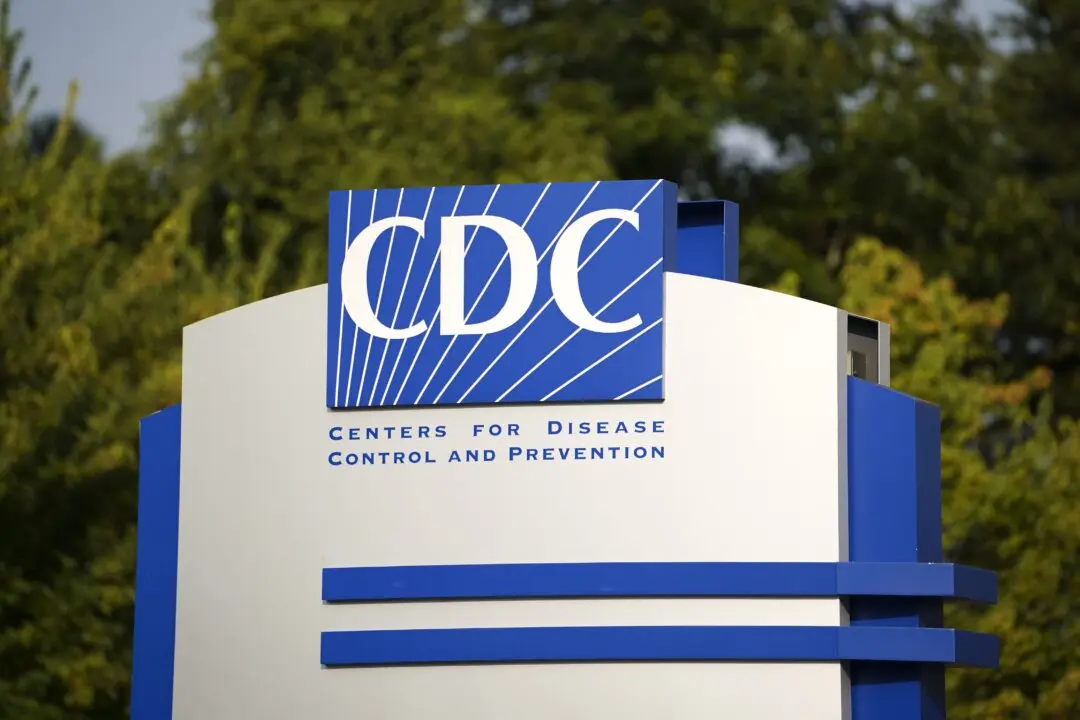The effectiveness of COVID-19 vaccine booster doses dropped well under 50 percent after four months against subvariants of the virus that causes COVID-19, according to a new study from the U.S. Centers for Disease Control and Prevention (CDC).
Both vaccines are administered in two-dose primary series.
After 150-plus days, the effectiveness dropped to just 12 percent.
A first booster upped the protection to 56 percent, but the effectiveness went down to 26 percent after four months, according to the study, which drew numbers from a network of hospitals funded by the CDC across 10 states called the VISION Network.
The subvariant was predominant between late March and mid-June.
Pfizer and Moderna did not respond to requests for comment.
The effectiveness was lower against BA.2 and BA.2.12.1 than against BA.1, which was displaced by BA.2.
Against BA.1, the vaccines provided 44 percent protection against the healthcare visits linked to COVID-19 initially and 39 percent after 150 days. A first booster increased the protection to 84 percent, and the protection barely decreased for patients 50 years or older after four months. But for people aged 18 to 49, the protection plummeted to 29 percent after 120 days.
Underlining the waning effectiveness against severe illness, the majority of patients admitted to the hospitals between December 2021 and June 2022 had received at least two doses of the vaccines.
Further, the percentage of unvaccinated patients dropped during the later period, going from 41.6 percent to 28.6 percent (hospitalized patients) and from 41.4 percent to 31 percent (emergency department and urgent care patients), researchers found.
The researchers, some of whom work for the CDC, theorized that the protection—known as natural immunity—many unvaccinated people enjoy from having had COVID-19 could be a factor in the drop in effectiveness of the vaccines, even though adults with documented prior infection were excluded from the study.
“If unvaccinated persons were more likely to have experienced recent infection, and infection-induced immunity provides some protection against re-infection, this could result in lower VE observed during the BA.2/BA.2.12.1 period,” they wrote. VE stands for vaccine effectiveness.
“Although adults with documented past SARS-CoV-2 infection were excluded, infections are likely to be significantly underascertained because of lack of testing or increased at-home testing. In addition, although time since receipt of the second or third vaccine dose was stratified by time intervals, on average the time since vaccination was longer during the BA.2/BA.2.12.1 period,” they added.





